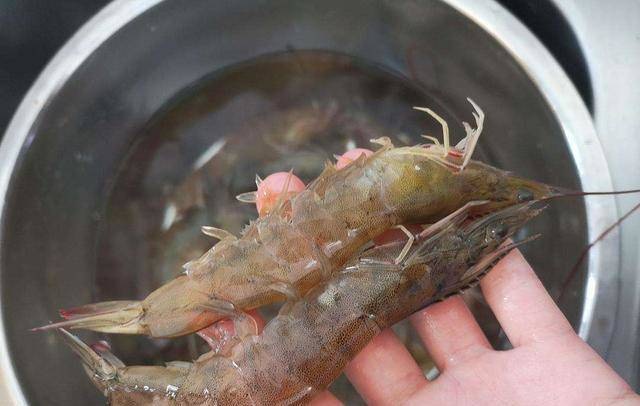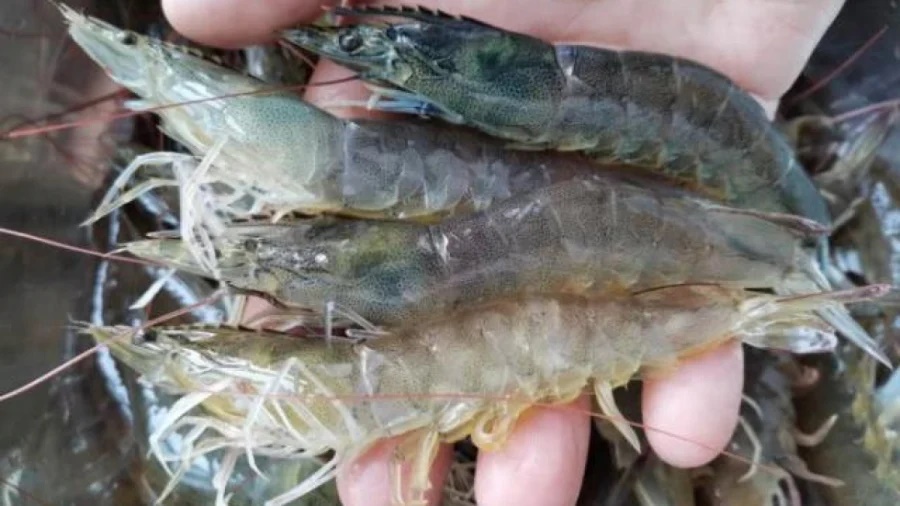Shrimp is a versatile seafood with a firm texture and sweet taste, lending itself to a variety of dishes such as steaming, boiling, grilling, soup, and frying. Each preparation has its unique appeal, especially for children.
While shrimp is readily available at markets, supermarkets, and seafood stores, not all shrimp are of equal quality and freshness. Keep an eye out for the following types of shrimp to avoid making a less-than-ideal purchase.
Shrimp with Shell Damage
Whether you’re buying fresh or frozen shrimp, avoid those with cracked, damaged, or peeling shells. These signs indicate that the shrimp is past its prime and the meat’s quality has likely deteriorated, resulting in a less appealing flavor and reduced nutritional value.
Even if they are sold at a bargain price, it’s best to steer clear of such shrimp.

Shrimp with Loose or Missing Parts
Similar to shrimp with shell damage, those with loose or missing legs and heads are best avoided. Pay close attention to the connection between the shrimp’s head and body; if it appears loose and the head seems about to fall off, the shrimp is not fresh. Additionally, check for any black discoloration at this joint, which is another sign of deterioration.
When purchasing shrimp, try pulling on the shrimp gently. If it doesn’t curl back into its original shape, it’s likely been dead for a while and is no longer fresh.
Also, refrain from buying shrimp that have turned completely black, especially those with black heads. Such shrimp have likely been stored for an extended period or improperly handled, resulting in nutrient loss, deterioration, and a strong unpleasant odor.

Frozen Shrimp with an Unnatural Straight Shape
While fresh shrimp are generally preferred, properly stored frozen shrimp can also be delicious. However, when buying frozen shrimp, avoid those that are perfectly straight. Many people mistakenly believe that straight shrimp are easier to prepare, but experienced chefs know that a curved shrimp indicates it was alive before freezing.
Straight shrimp, on the other hand, have likely been dead for some time and have lost their natural curvature. Additionally, beware of poorly packaged frozen shrimp without clear expiration dates, as they may have been stored for years, resulting in poor flavor and nutrition.
Especially avoid frozen shrimp with blackened heads, as these indicate prolonged storage or improper handling.

Shrimp Treated with Preservatives
Like other seafood, shrimp tends to attract flies and mosquitoes. If you notice an absence of these insects around the shrimp, it’s likely due to the use of chemicals to repel them. Such shrimp should be avoided as the chemicals used may affect the taste and safety of the product.
According to Xe và thể thao
The Ultimate Guide to Prawn Preparation: Beyond the Ordinary with a Vegetable Medley Stir-Fry
With this delicious and unique spicy stir-fried shrimp recipe, your family’s mealtime will be taken to the next level. It’s a dish that’s sure to impress and become a new favorite. The combination of flavors and textures will tantalize your taste buds and leave everyone craving more. This easy-to-follow recipe is a must-try for any seafood lover looking to spice up their mealtimes.







































